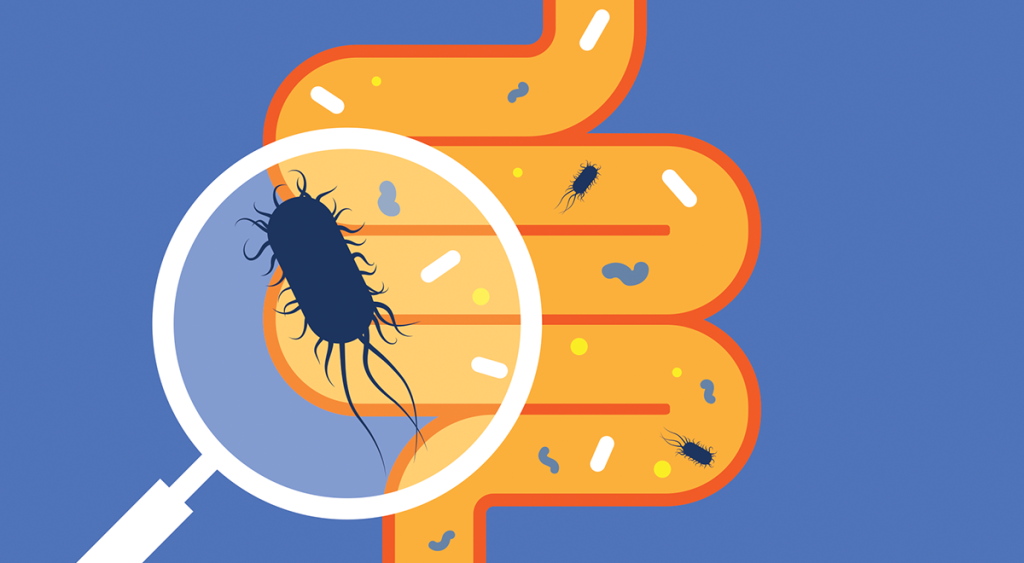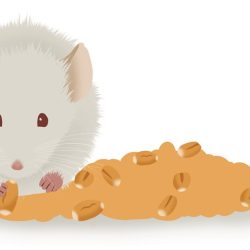
Something as simple as supplementing with glycine in humans could help alleviate cocaine addiction. Danielle Lawry
A UW research study in mice has shed light on the biochemistry of cocaine addiction and suggested a possible way to keep humans from getting hooked.
Cocaine disrupts the balance of microbes in the guts of mice. It increases levels of a hormone called norepinephrine in their intestines, and this triggers an increase in proteobacteria, a family of microbes that includes the common and sometimes harmful E. coli.
“All this colonizing E. coli needs nitrogen to grow, and their preferred food is glycine, an amino acid [containing nitrogen] that works in the brain as a neurotransmitter,” says Vanessa Sperandio, professor and chair of medical microbiology and immunology in UW–Madison’s School of Medicine and Public Health and a coauthor on the study. “So, an overgrowth of E. coli causes glycine levels to go down around the body.”
The researchers administered cocaine to a group of mice infected with proteobacteria and found that they experienced more cocaine-seeking behavior than mice without the proteobacteria in their guts. They then infected another group of mice with a strain of E. coli lacking genes that allow the bacteria to eat glycine. When those mice encountered cocaine, they were less affected by the drug.
“Prevent the glycine depletion,” says Sperandio, “and the mice don’t respond to the cocaine by trying to get more and more.” She adds that more research is needed, but that something as simple as supplementing with glycine in humans could help alleviate cocaine addiction.



Comments
Sarah February 15, 2025
Wouldn’t it make more sense to kill the proteobacteria and e. coli instead of feeding it..!? Like it’s bad bacteria, so maybe killing it would also east cocaine cravings idk ♀️